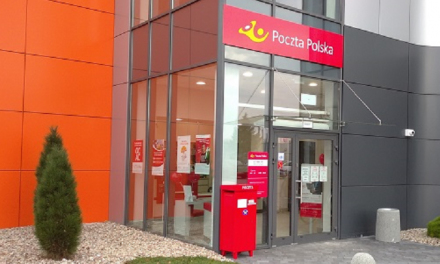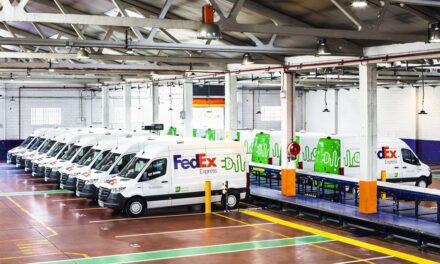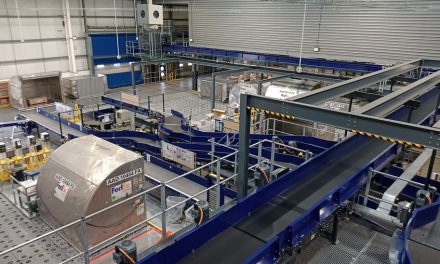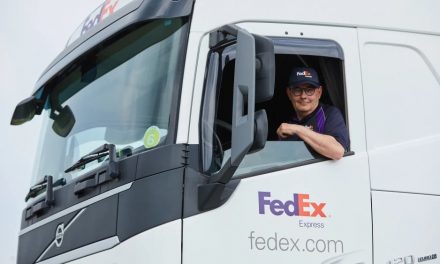
Preparing for a different type of Peak
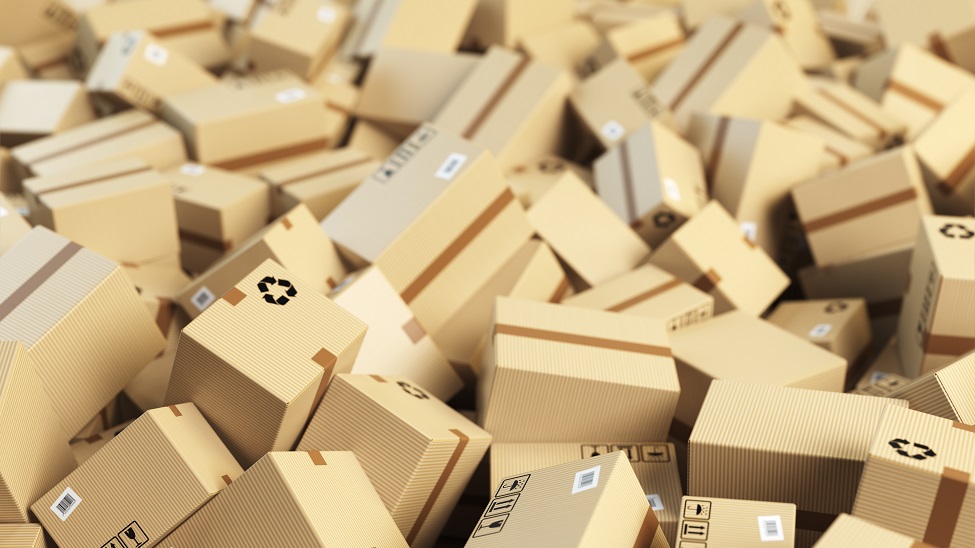
Post & Parcel spoke to Karen Reddington, Regional President, FedEx Express Europe about the uncertainty of this year’s Peak and why flexibility is key.
How do you anticipate volumes will be this peak?
While we expect the overall growth in e-commerce to continue in the coming years, immediate demand is expected to be softer in the remainder of 2022. In the three weeks after the Black Friday – Cyber Monday weekend, we expect European e-commerce parcel volumes to be slightly below 2021 levels, although the exact impact will depend heavily on the market and commodity.
Are you confident you can meet delivery demands this year?
Whilst the current volatile economic environment has inevitably put pressure on our business and many others around the world, we remain committed to meeting the demands of our customers through Peak and into 2023.We’re in the midst of a cost-of-living crisis in Europe. Because of this, we expect to see more consumers focusing on cost-effective solutions for the remainder of this year, and therefore we’re not expecting the record-breaking peak volumes we’ve seen in the last two to three years. Despite this, we know that Peak is still the busiest time of year, and more than 700,000 FedEx team members around the globe are ready to deliver for the holidays.
What factors have affected this year’s peak and how will they impact the logistics sector?
The current macro-economic and inflationary environment being felt across borders, and impacting consumer spending, is the main factor affecting this year’s peak. Consumer ordering habits during the holiday season are expected to vary, with some shopping early to avoid delays, and others reducing spending as a result of the cost-of-living crisis. As a result, flexibility among logistics providers, and the ability to scale up or down in line with demand, is key. Another key factor is e-shippers becoming increasingly conscious about the need for sustainable shipping solutions. For us, it’s no longer a differentiator but an expectation from our customers, and FedEx is working to provide solutions that help reduce environmental impact. As we target carbon neutral operations globally by 2040, by that date the FedEx parcel pickup and delivery (PUD) fleet will be zero-emission electric vehicles. This will be accomplished through phased programs to replace existing vehicles. For example, by 2025, 50% of FedEx Express global PUD vehicle purchases will be electric, rising to 100% of all purchases by 2030. In addition, we’ve introduced cargo bikes into our fleet in a number of last mile locations such as Amsterdam, Paris, Turin, Barcelona, London, Edinburgh and Cambridge. And we are expanding our network of pick-up points and lockers across Europe and globally, creating a more sustainable delivery option compared to home delivery.
What can the sector do to prepare for this?
The peak season is a period where the logistics sector must balance volume demands with capacity. This is our core business. Because of the extraordinary situation in the last two years, where possible, the sector has been adding capacity to support the huge COVID-related e-commerce growth. At FedEx, last year alone, we added up to 1 million kgs of capacity, in Europe and other regions across the globe. This year, we’ll bring our capacity in line with the softened consumer demand we expect. Capacity planning is an ongoing exercise for most players in the sector, undertaken together with our customers. It is about flexing resources up and down and shifting volumes as required. With both an air and a road network in Europe as well as intercontinental connections from Europe to all other global regions, FedEx is able to do just that, supporting both intra-Europe volumes and additional commerce between Europe and Asia and Europe and the US.
How can the sector maximise profits this peak?
With uncertainty remaining around consumer demand this peak, it’s crucial that logistics providers remain flexible so they’re able to quickly respond to changes in consumer behaviour. Efficiency is also of key importance. We’ve made changes to our air network by cutting global flight hours and enhancing our ground efficiency, including reducing routes, hours, vehicle rentals, and other on-road expenses. Ultimately, productivity is one of the areas the industry is able to control, and should therefore be prioritized as we look to improve performance and profitability this peak.
What is the outlook for 2023 and how can the sector overcome these challenges?
Inflationary pressures as well as macro-economic and geopolitical instability are expected to remain into 2023. To overcome these challenges the sector needs to focus on the things it can control to keep a balance between costs and service. In addition, we need to champion our customers, especially small and medium sized businesses (SME’s), by advocating for trade agreements and building nimble supply chains to make it easier for them to keep delivering local products and services to customers around the world.
What are the opportunities for the sector for 2023?
In 2016, we were primarily a B2B shipper. But over the last few years and continuing into 2023, the vast majority of growth is coming from the B2C space, and we’ve expanded our portfolio of e-commerce services to align with this. Clearly, B2C is still a key growth area and logistics providers should continue to tap into this. This means providing solutions that customers demand, such as more convenient delivery and returns options for online shoppers as well as shipping options with lower carbon emissions.
But while this is an opportunity for the sector in 2023 and beyond, global expansion is also a golden opportunity in the e-commerce space, especially for SMEs. This is where the sector can step up and support these businesses to grow their customer base globally, both with logistics and supply chain services. At FedEx our FedEx International Connect Plus service and our alliances with third parties across the e-commerce value chain support merchants on all areas of their global expansion. E-commerce is growing rapidly, which is great news for both the logistics sector and SMEs, which are essential for our economy.
About Karen
 Karen Reddington has served as president of FedEx Express Europe since June 2020. In this role, she leads a team of more than 50,000 across the region and is responsible for overall planning and implementation of corporate strategies. Europe represents approximately 50 of the more than 200 countries and territories served globally by FedEx Express, the world’s largest express transportation company.
Karen Reddington has served as president of FedEx Express Europe since June 2020. In this role, she leads a team of more than 50,000 across the region and is responsible for overall planning and implementation of corporate strategies. Europe represents approximately 50 of the more than 200 countries and territories served globally by FedEx Express, the world’s largest express transportation company.
Reddington began her career with FedEx Express in 1997 as an operations research advisor in Hong Kong. Since then, she has served in a number of leadership roles including managing director of network planning and managing director of planning and engineering. In 2011, she was appointed regional vice president, South Pacific.
Most recently, Reddington was president of the Asia Pacific division of FedEx Express between 2014 and 2020. She serves as a board member of JA Worldwide, one of the world’s largest youth-serving NGOs.


